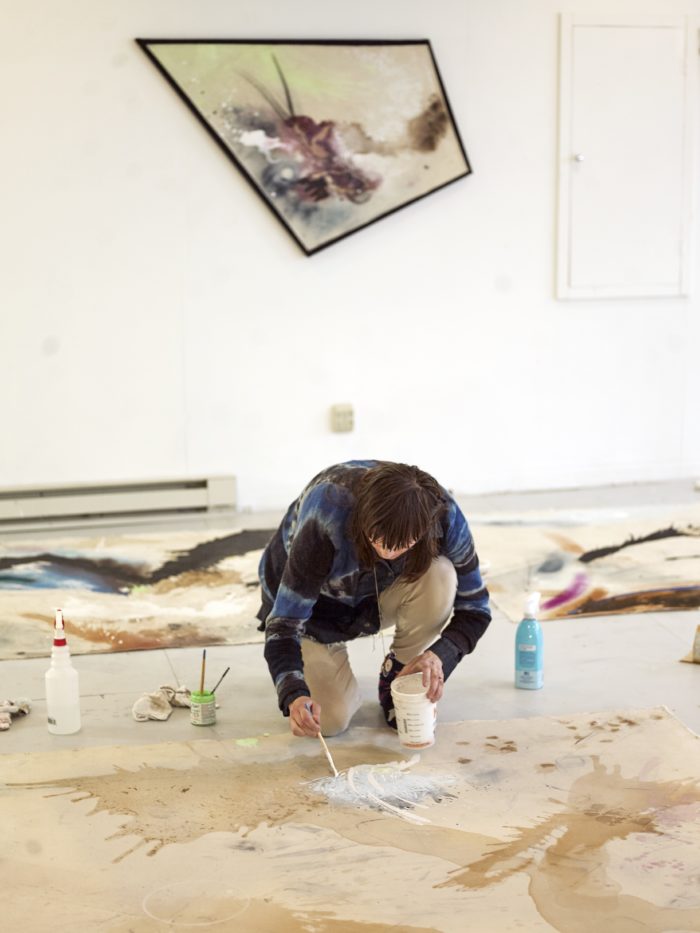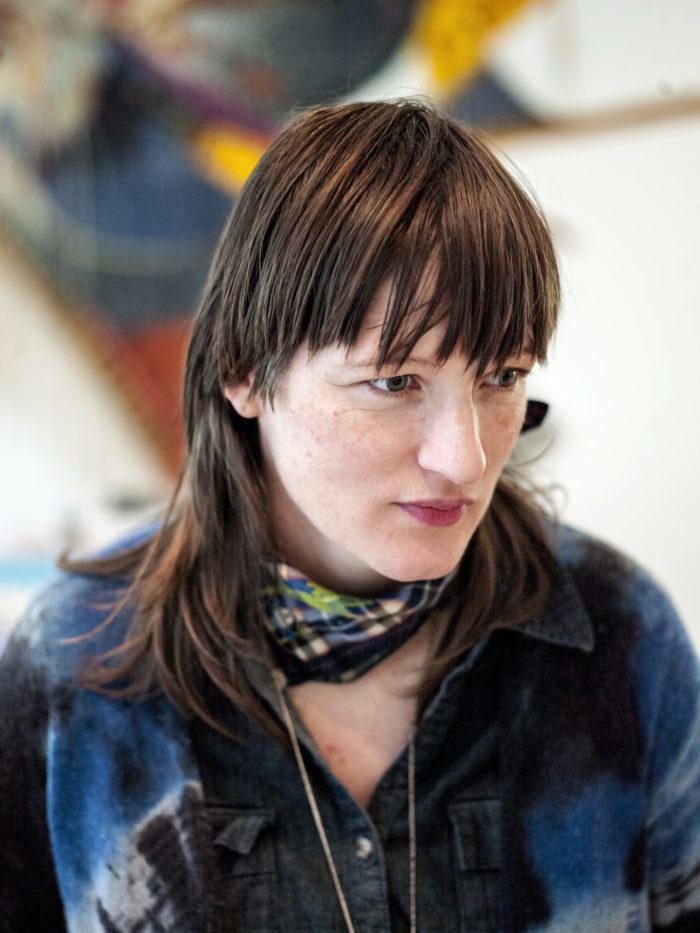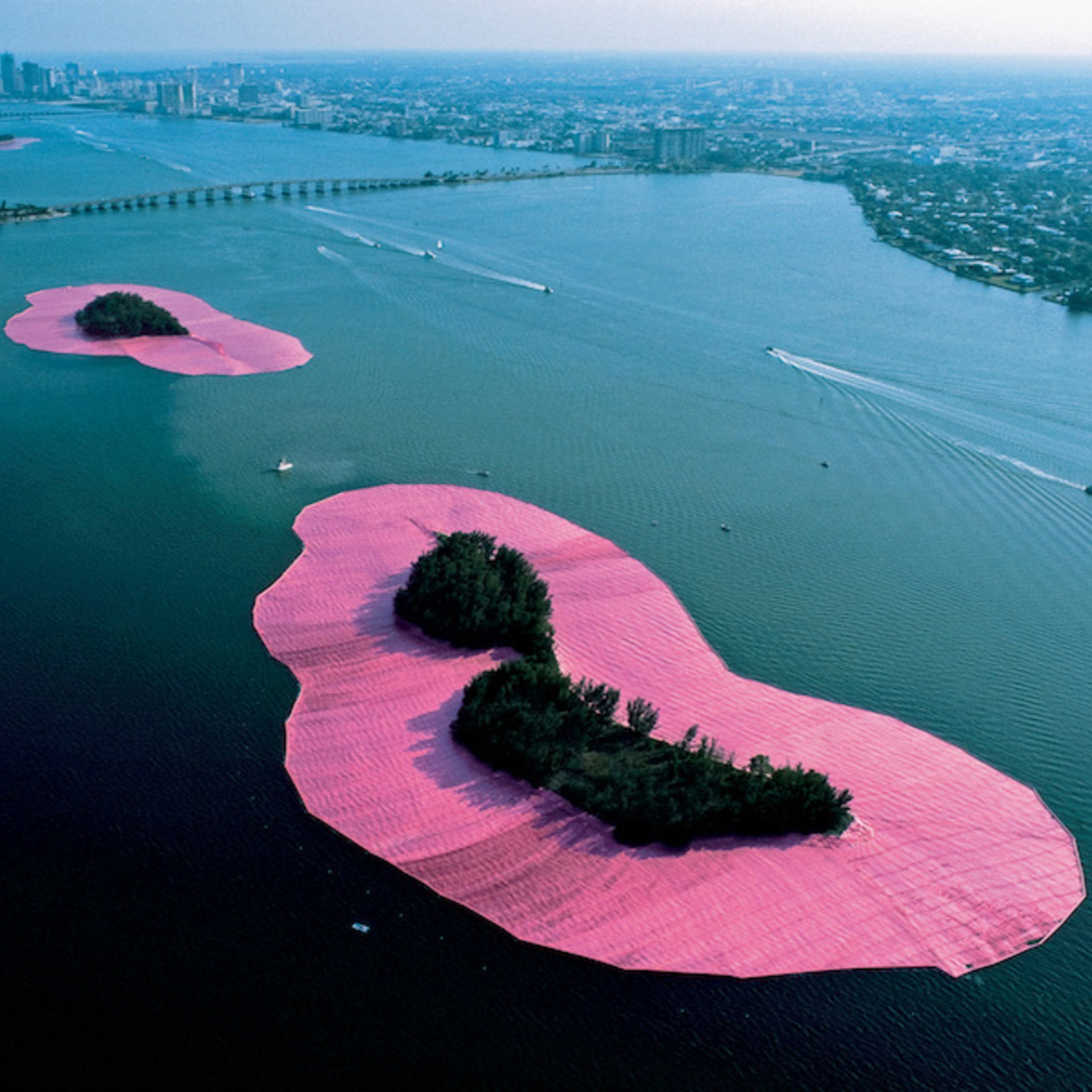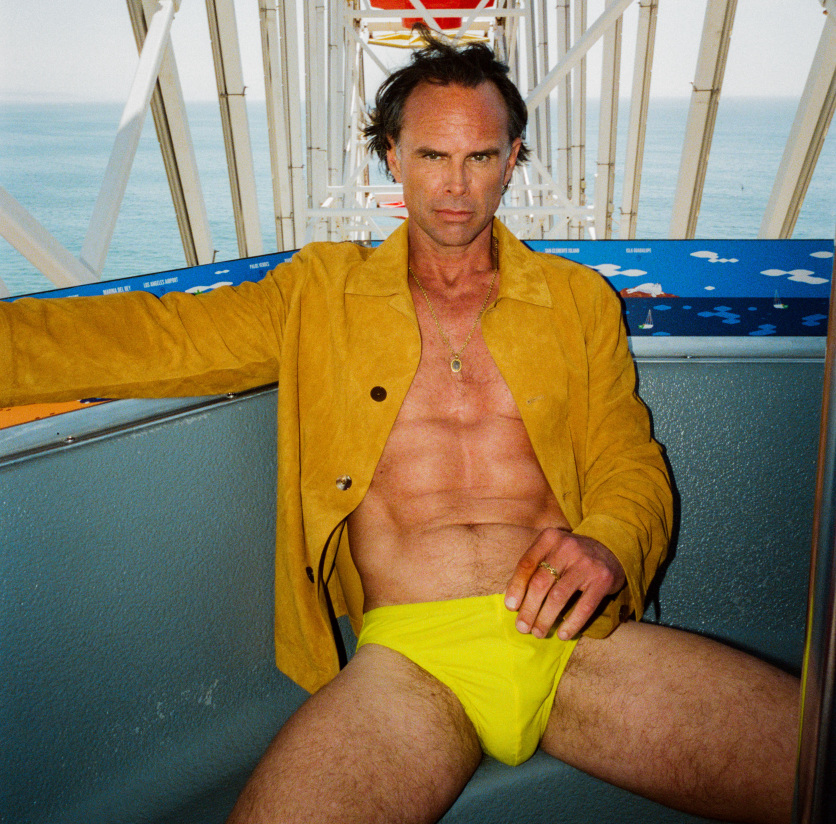To describe Lucy Dodd’s work as magic is to capture the feeling of it but lose the truth. Her fluid gestures, strikes, drips, rubbings and performances are as intuitive as they are precise. Building outward from a material universe of her own creation, Dodd’s images operate between the abstract and the representational, like gods or avatars; physical bodies that make comprehensible the intangible attributes and mythologies that lurk behind them.
On a winter visit to Dodd’s studio in upstate New York, I felt at peace among the many spirits, faces and characters that fill her life and work. Her automat-turned-studio feels like a sanctuary, echoing the artist’s own generous energy.
Dodd tells me the renovation took years, but that the move from her small Brooklyn studio, in 2014, was ultimately rewarding. “It gave me this fortress,” she says. “It changed everything to have something that was more permanent—to know things could live here for a long time.”
In February, things were very much alive inside. Dodd, eight months pregnant, was putting the finishing touches on a spring show with longtime friend and gallerist David Lewis, while simultaneously preparing for a fall show with Sprüth Magers in London.
“When I told two of my elder artist friends that I was having a baby, they told me, I was not going to be taken seriously,” Dodd says. “I don’t understand this cliché. When you’re pregnant, you aren’t losing your creative force, you’re multiplying it by a thousand. You are getting in touch with the oldest form of creation there is. To have access to that and to paint with this being that is completely around me and inside me, it has changed everything.”
One would be hard-pressed to argue. When she was pregnant with Oneo, her first child, the artist produced a four-day exhibition for “Open Plan” at the Whitney Museum of American Art and a three-story solo show for The Power Station in Dallas.
For her March solo show at David Lewis, Dodd unveils eight new rectangular paintings, all of which are laying out in-process when I visit. The sweet smell of fermentation wells up from the plastic buckets that checker the paintings’ uniform rows. The artist often employs kombucha scobies, onion skins and other natural ingredients in her work, drawing no distinction between traditional pigments and those opportunity presents her. As a result, her material vocabulary is constantly expanding to fit the edges of her own experience. “Did you know avocado skins make a pinkish dye?” she asks. “I just learned that one.”
The paintings in “May Flower” contain ingredients synonymous with spring: tulips, yew berries and harebells, but their subject matter isn’t simply the symbolic or material value of the ingredients nor the abstract compositions they create. These components combine to serve the realm of the porcupine, a protector Dodd associates with the instincts of motherhood.
“How do you protect something you are going to give away to the world that means so much to oneself?” she posits. “You have to protect it somehow, or I do. I feel the need to create that shell.”
Of course, in Dodd’s world, quills act not only as a passive suit of armor but as divine antennae soaking up and radiating the energies of the earth and stars.

The porcupine follows in the footsteps of an entire menagerie of animal alter egos, muses and shamans Dodd has developed over the years. The birth of several of these can be traced through the artist’s first and, for now, only monograph, “The Genesis of A Painting,” which acts as a kind of codex for Dodd’s last three years of work.
Made during her trip to Guernica (and Madrid, to see the iconoclastic painting named after it), the book remakes Picasso’s iconic catalogue into a visual epic where Dodd, the hero, is joined by two companions of her own creation: a starfish, a symbol of nature’s innate mirroring, and the Maize Mantis, a shepherd character loosely inspired by the King of Pop, Michael Jackson. “Pop, popcorn, maize, maze,” Dodd says, demonstrating her associative linguistic leaps. “The mantis was the guide who was leading me through the maze of recreating Guernica.”
Dodd’s legends often eat their own tails, but the mantis, an insect famous for consuming its mate after intercourse, hints at the artist’s own appetite for taking on Picasso as a mythmaker. (The two share a birthday, exactly one century apart.)
“Guernika,” the resulting 2014 show at the Rubell Family Collection in Miami, saw Dodd spinning stories as capably as she had manipulated environments. With a single leaning mural, the artist subverted the institution’s industrial chill. “Lucy is the queen of space,” says Lewis. “Space is not a challenge for her to solve but a fun dance. I’ve never seen anyone who knows how to make paintings tell a story in space like her. She built a house out of paintings and it was the most natural and childlike thing in the world.”

Dodd’s original idea for the Whitney Museum’s “Open Plan” series was a small sail painting that would swim through the column-free sea of the unadorned Renzo Piano-designed room. Over time, however, the idea transformed into eight of her skewed sail paintings and a collaborative performance series featuring artist and friend Dawn Kasper in costume, Dodd’s mother and a Brazilian band. “There were different vibes between all the performances, and especially with the band it created this amazing atmosphere that felt almost like a jam session, but also just welcomed everybody to hang out and spend time,” says curator Chris Lew, who organized the show with Dodd after following her work at David Lewis. “You know it’s a good sign when `the guards at the museum are asking for it to run longer. Everybody was really enjoying what it was, taking in the paintings and the performances.”
Some of Dodd’s formative collaborations can be traced back to Wonder Valley, California, where she lived with artist Jason Rhoades before his unexpected death in 2006. Working with Rhoades to realize large-scale installation projects like The Plexiglas House (2006), Dodd began integrating performance and architectural interventions to create holistic environments that generated their own narratives and pointed back to the performative quality of the artist studio as well as the everyday.

In Les Misérables, Victor Hugo writes: “Life is a theater set in which there are but few practicable entrances.” One could say that during the installation process, Dodd purposefully leaves the stage doors wide open. “Lucy is both extremely structured and improvisational,” says Lewis who gave Dodd her first New York solo show in 2013 at his one-off project space, No5A. “She’ll lay out a big thesis working with numerology, but then once installation begins things change and respond. It’s not a magic trick, it’s worldmaking.”
In this way, Dodd’s work can be seen as an act of living science fiction or fantasy. Each chapter of her hero’s journey revealing another facet, kingdom, species, of a world parallel to our own.
The next chapter? A Georgian dragon. Dodd’s plans for show later this year at Sprüth Magers surround a body of work she completed on the floor of a pub named for St. George, the Catholic dragon slayer. “The floor will be the battleground,” Dodd says, smiling slightly. “I can’t tell you the rest. We’ll all have to watch it unfold. There will be dragon's blood though...”





